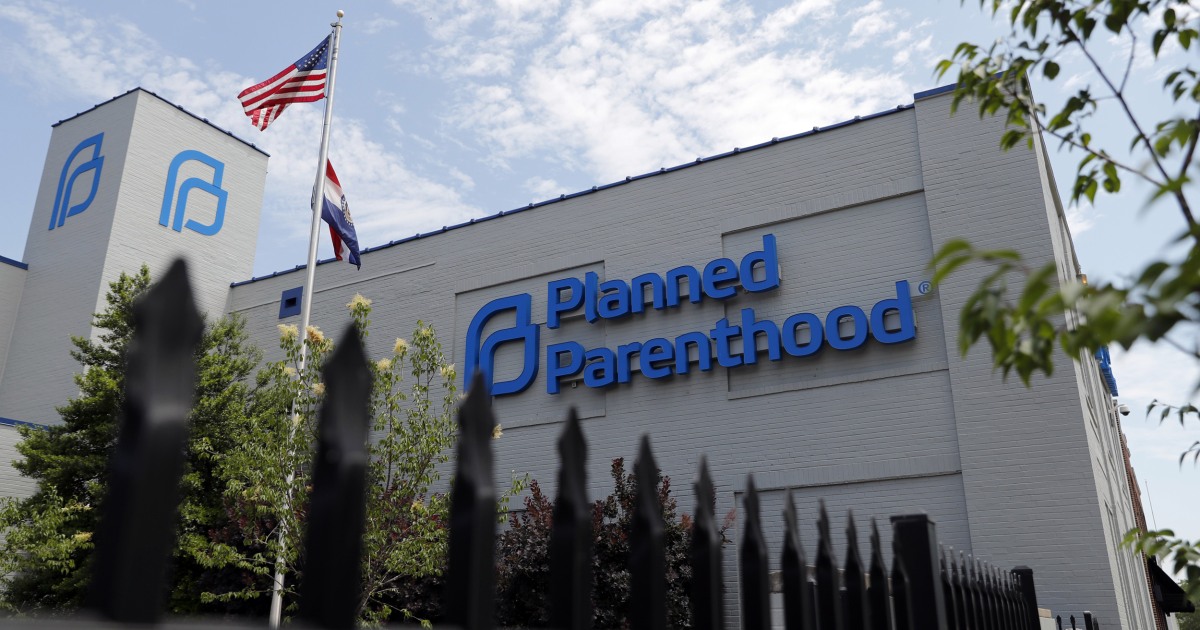
Introduction
A recent article detailing the Supreme Court’s ruling in favor of South Carolina’s attempt to defund Planned Parenthood through Medicaid has sparked considerable debate. The piece discusses the implications of the decision and the ideological split on the Court. Concerned readers flagged the article for fact-checking, particularly around key legal interpretations and health care access impacts. We examined the ruling, the claims made, and the broader narrative to clarify the facts and identify where context may have been lacking.
Historical Context
Since the inception of Medicaid in 1965, the federal-state partnership has included provisions allowing low-income individuals the freedom to select qualified providers. Planned Parenthood has long been a flashpoint in that system, offering both abortion and general reproductive health services. While federal law prohibits Medicaid funds from being used for abortions (except in cases of rape, incest, or life endangerment), states have frequently targeted the organization for defunding, citing broader ideological reasons. This Supreme Court ruling continues that decades-long legal and political battle over the role of reproductive freedom, state authority, and civil rights enforcement.
Fact-Check: Specific Claims
Claim #1: “The federal law in question does not allow people who are enrolled in the Medicaid program to file such claims against the state.”
This claim is accurate. The Supreme Court decision, written by Justice Neil Gorsuch, found that individuals do not have a private right of action under Section 1983 to challenge a state’s Medicaid provider exclusions. The ruling aligns with interpretations that only Congress can establish a clear, unambiguous right. Multiple lower courts had previously ruled that individuals could sue to enforce their rights under Medicaid’s “free choice of provider” provision (42 U.S.C. § 1396a(a)(23)). However, the Supreme Court split in this ruling, concluding that the statute does not confer enforceable individual rights through lawsuits. This decision marks a significant shift in judicial precedent on this issue.
Claim #2: “The ruling helps GOP-led states prevent Planned Parenthood from receiving Medicaid funding.”
This claim is mostly accurate. The Court’s decision does not ban Planned Parenthood from receiving Medicaid funds outright. Instead, it removes a key tool—individual legal claims—formerly used to challenge state-level defunding efforts. Republican-led states now have greater flexibility to exclude providers like Planned Parenthood without anticipating legal challenges from individual Medicaid patients. However, federal oversight from agencies like the Centers for Medicare and Medicaid Services (CMS) still exists, and states must maintain Medicaid network adequacy. Therefore, the claim is correct in recognizing a shift in state power, but omits mention of remaining federal guardrails that could limit extreme actions.
Claim #3: “This ruling has the potential to push South Carolina deeper into a health care crisis.”
This claim reflects a point of view rather than an objective fact. Planned Parenthood officials warn that limiting access to trusted providers could worsen public health outcomes—particularly for low-income individuals—by restricting access to contraception, cancer screenings, and STI testing. However, data from the South Carolina Department of Health and Human Services shows that Planned Parenthood served a relatively small number of Medicaid patients compared to the total statewide population. It is accurate to say the decision may reduce access for certain patients, especially in underserved communities, but there is insufficient evidence to definitively conclude that it will cause a broad “health care crisis.” The language used in this claim is emotionally charged and lacks corroborating data quantifying statewide impact.
Claim #4: “This decision continues a trend of rulings that undermine the 1871 Civil Rights Act.”
This claim is based on a legal opinion, but it is supported by judicial analysis. Justice Ketanji Brown Jackson, in her dissent, cited the Court’s narrowing of Section 1983—the federal law allowing individuals to sue state actors for civil rights violations—as part of a broader judicial trend weakening civil enforcement tools. Legal scholars have noted similar patterns in past rulings, especially those limiting individuals’ ability to seek redress for discrimination or institutional misconduct. While not every expert may agree with the framing of “undermining,” the legal basis for the claim is strong, and the observation is backed by a clear judicial record.
Conclusion
The article accurately outlines the Supreme Court’s ruling and its potential implications but includes emotional interpretations from both sides. Most factual claims are backed either by the Court’s decision or public records, reflecting a high degree of accuracy in reporting. However, some contextual elements—such as existing federal oversight and the relative number of Medicaid patients served by Planned Parenthood—are downplayed or omitted, which may lead to a skewed perception of the impact. Importantly, while the piece includes partisan reactions, it does maintain journalistic neutrality by quoting both conservative and liberal perspectives. Overall, the article is a mostly accurate summary of a major legal development, with some emotionally charged language and limited contextual scope.
Take Action Now
Want to stay ahead of misinformation? Download the DBUNK App and empower yourself with verified facts in real time.
Download the DBUNK App




